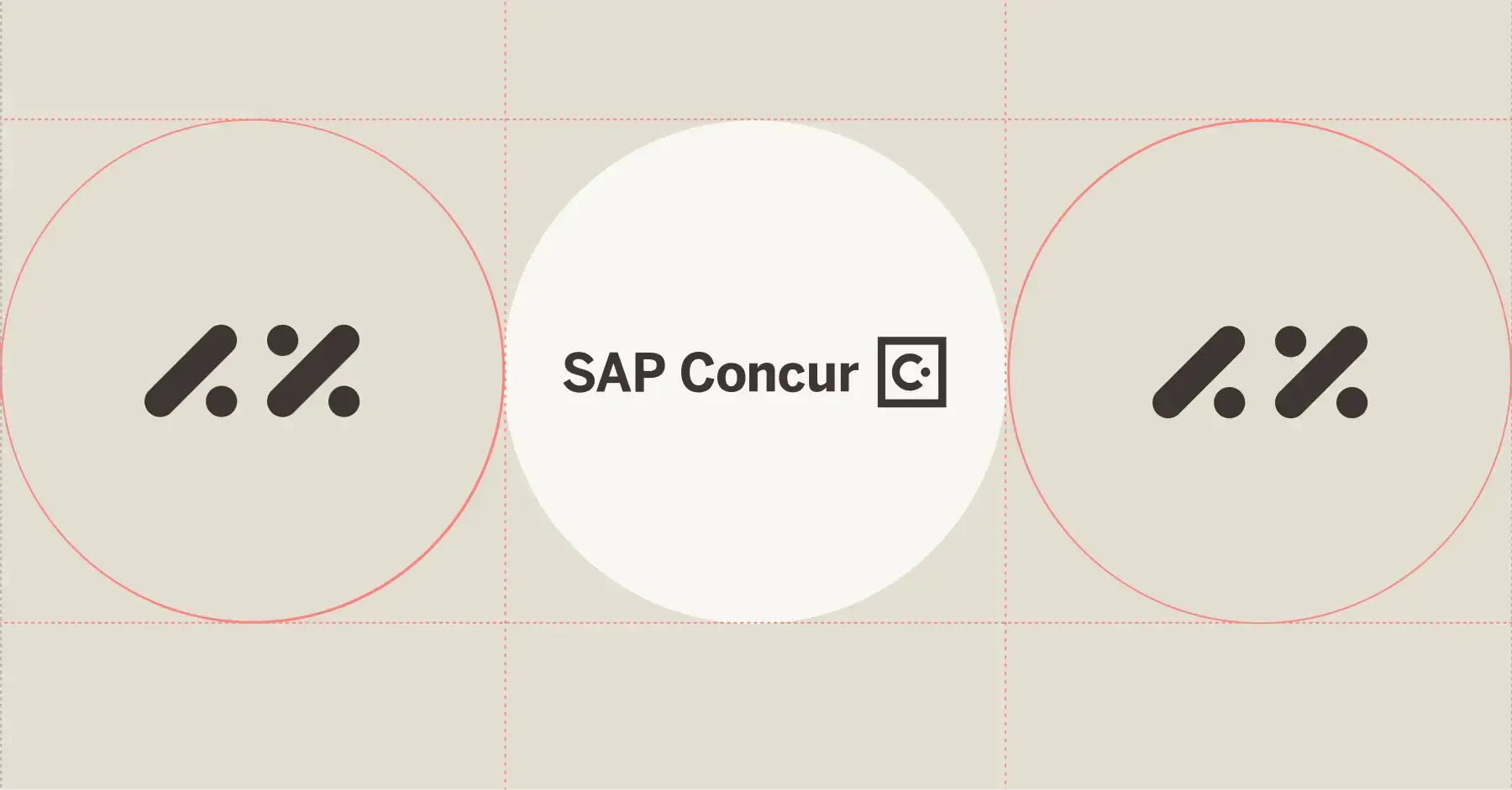Imagine you’re rummaging through your luggage and you find an old receipt from a previous business trip several months ago. What should you do? Try to expense it, of course! Thankfully, most companies allow their employees to submit T&E expenses within 90 to 180 days of the purchase. This is great for employees, however, it leaves the company at risk of reimbursing the same expense twice.
In some cases, an employee may discover an old receipt and not realize they were already reimbursed, and submit it again. However, duplicate expenses aren’t always so innocent — sometimes it’s blatant fraud. This could happen when co-workers at a business dinner pay for their bill with a single credit card, but separately submit expense reports with the same receipt for reimbursement, knowing they won’t be caught.
No one is capable of recalling thousands of line items from months before, and expecting auditors to catch these duplicate expenses is a tall order — they’d have to compare thousands of receipts to find potential matches, which would take months.
Regardless of intent, duplicate expenses are submitted all too often. AppZen’s AI-powered Expense Audit cross-references every expense report submitted with historical expense report data to instantly detect when a duplicate receipt has been submitted — prior to reimbursement.
Detect identical receipt images
Our AI reviews each line item of every expense report across all employees to identify duplicate receipt images. So let’s say the two employees in the example above (who reimbursed the same business dinner with the same receipt) also used the same exact photo of the receipt when they submitted their expense reports. Even though they’re on separate teams and have different managers, AI automatically cross-references every receipt image and flags if there’s a match.
What if a duplicate is submitted within the same report? The longer the business trip, the more expenses are likely incurred, making it more likely employees will upload the same receipt twice. Regardless of the number of times the same receipt is uploaded to the same report, AppZen will flag every expense line with the same attached receipt image.
Flag similar purchase information
Some employees who submit duplicate expenses for personal gain are a bit more creative. For example, they may try to submit the non-itemized receipt for a meal in one expense report and later submit the itemized receipt. This would be easy for an auditor to miss since the receipts look different at first glance and the total amounts don’t match (one includes a written-in tip, the other is just the total).
This trick doesn’t slip past AppZen’s AI, which reviews both the contents of the receipt and the information input by the employee, and flags duplicates to the auditor’s attention for further investigation. AI checks the merchant, purchase date, and total receipt amount against the information manually entered by the employee. If three of these criteria match any previously submitted expense report by that same employee, AppZen marks the expense report as high-risk, regardless if the duplicate is across reports or within the same report.
At the end of the day, AppZen is neither the judge or jury. Although AI can’t determine if duplicate submissions are careless mistakes or for personal gain, AppZen will help auditors uncover any expense report that appears to be a duplicate to ensure your company never pays the same expense twice.


